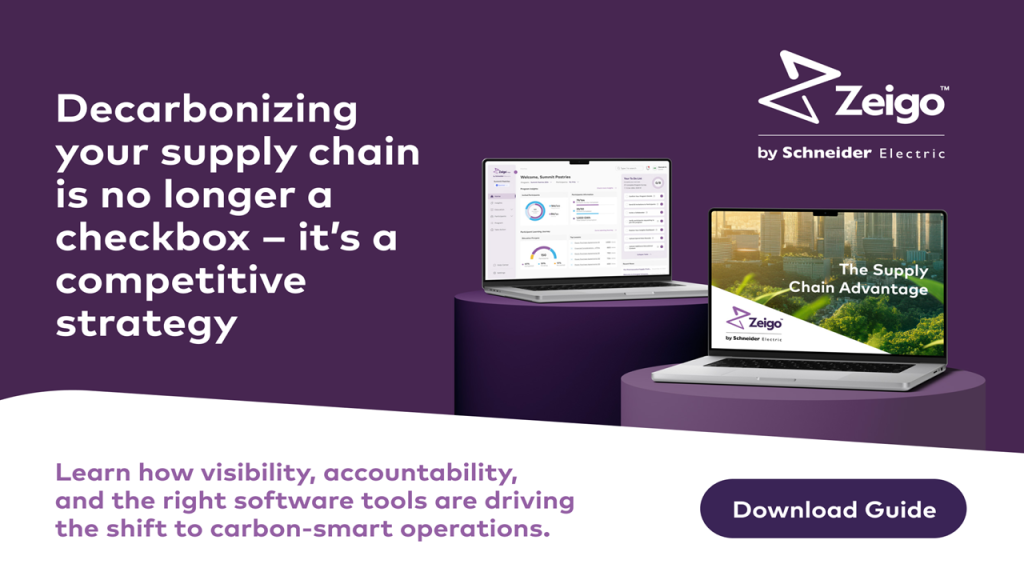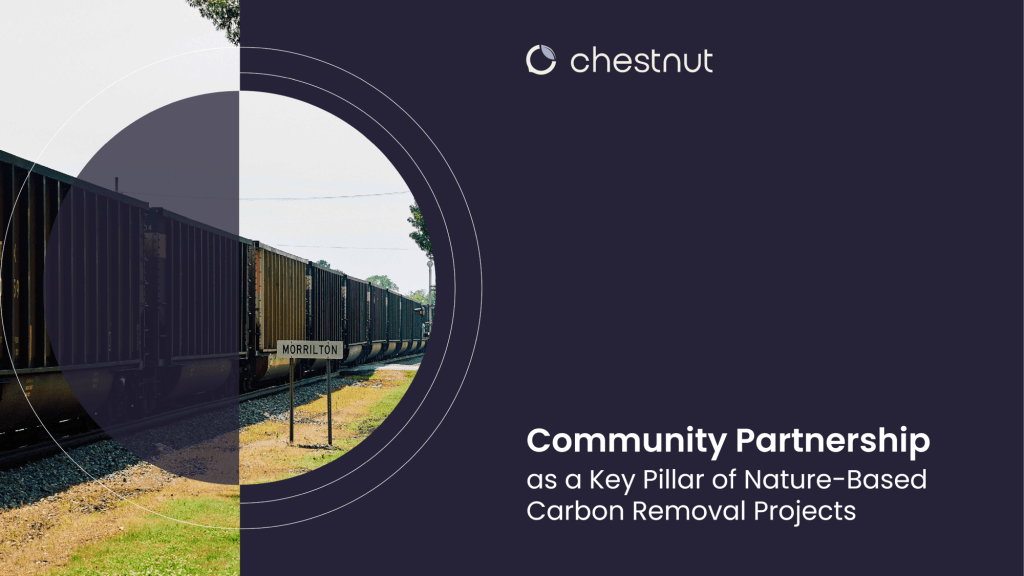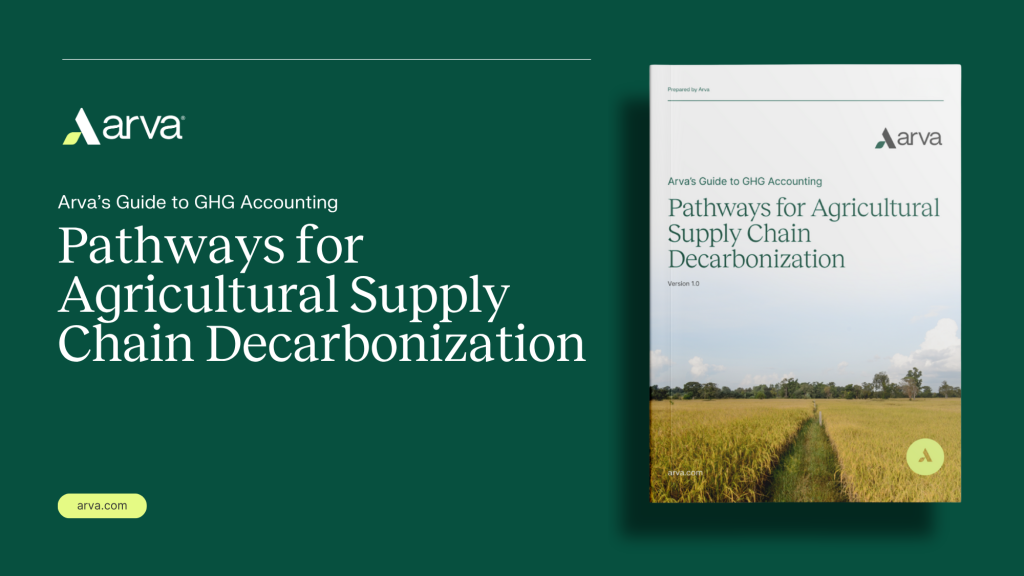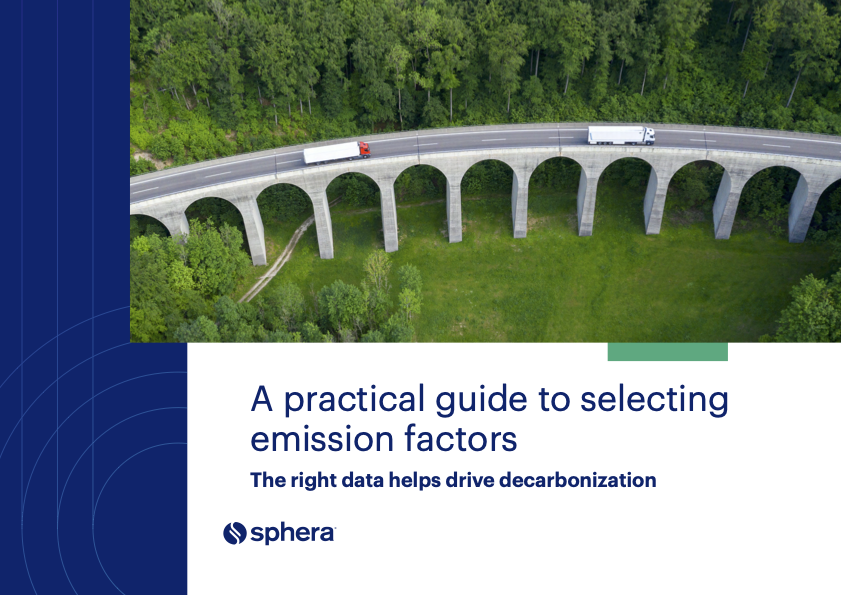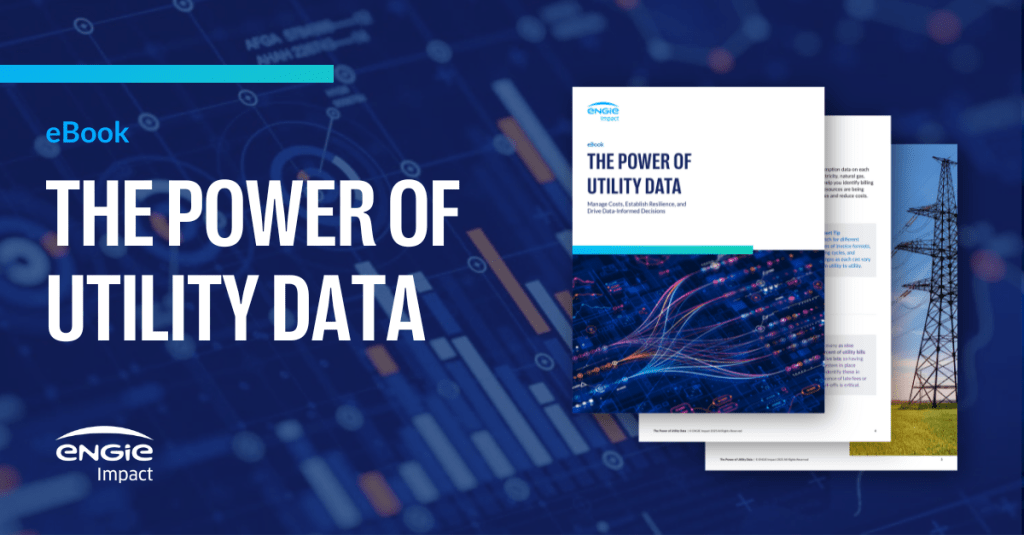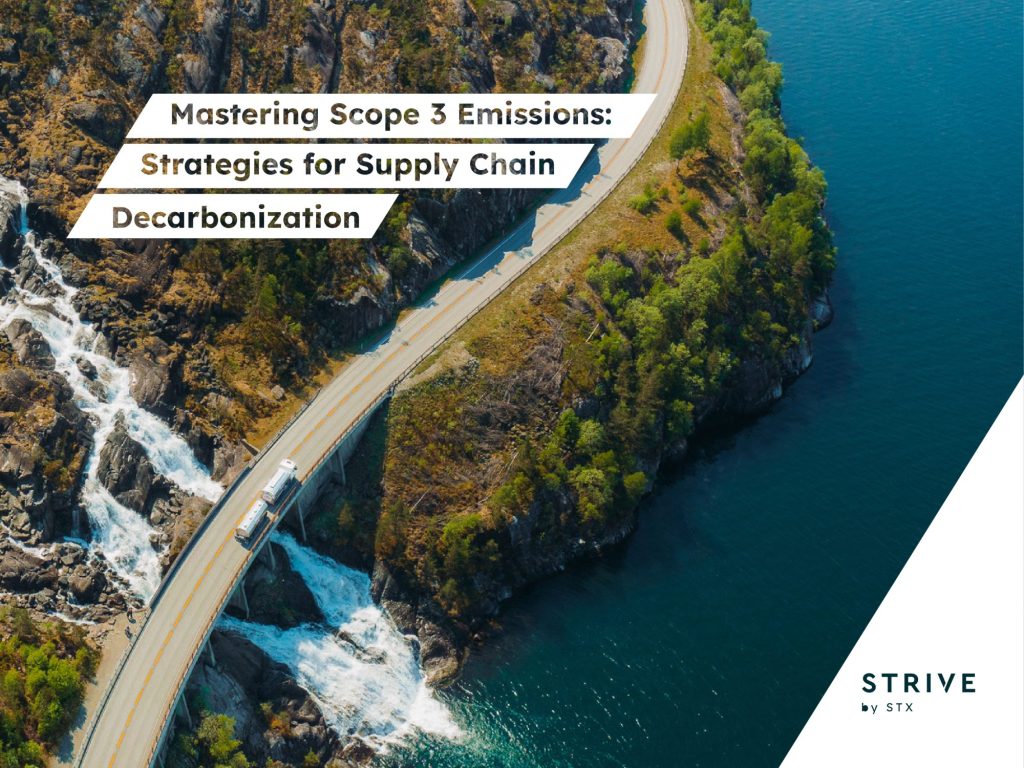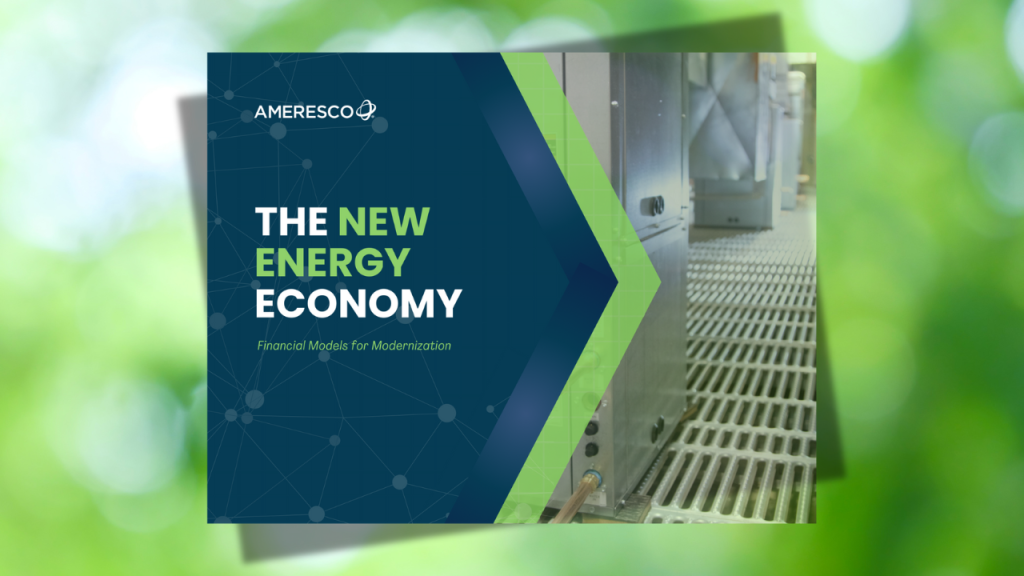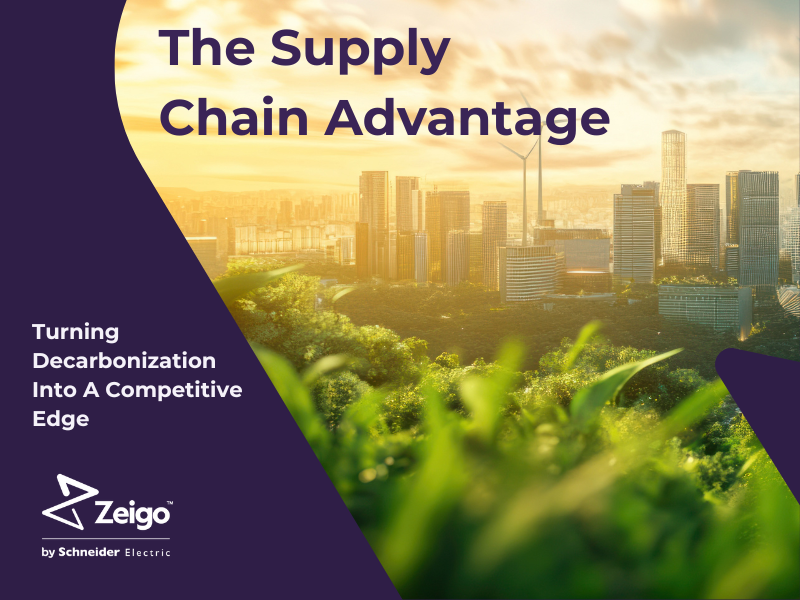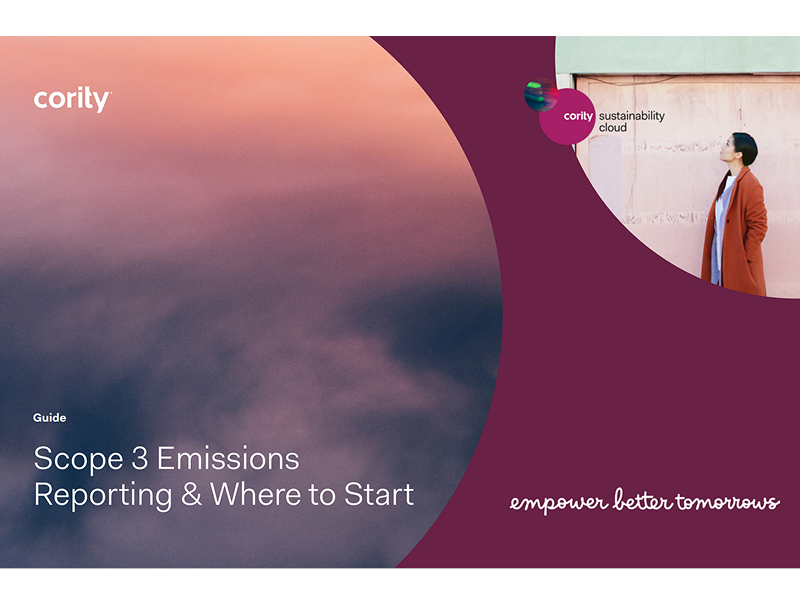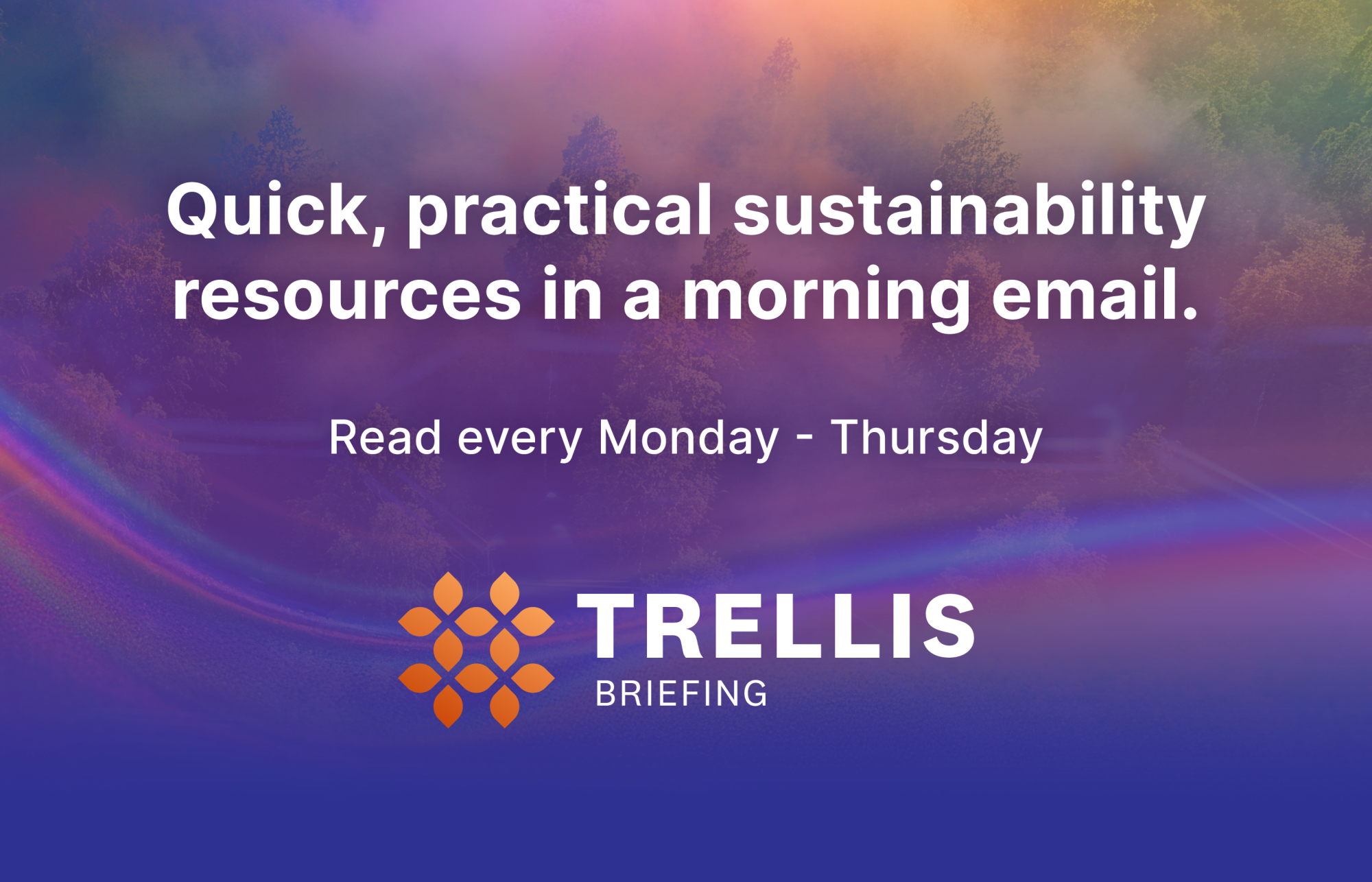How P&G’s CSO makes the business case for sustainability
Chief Sustainability Officer Virginie Helias strives for "the magical trifecta of superior performance, sustainability and value creation." Read More
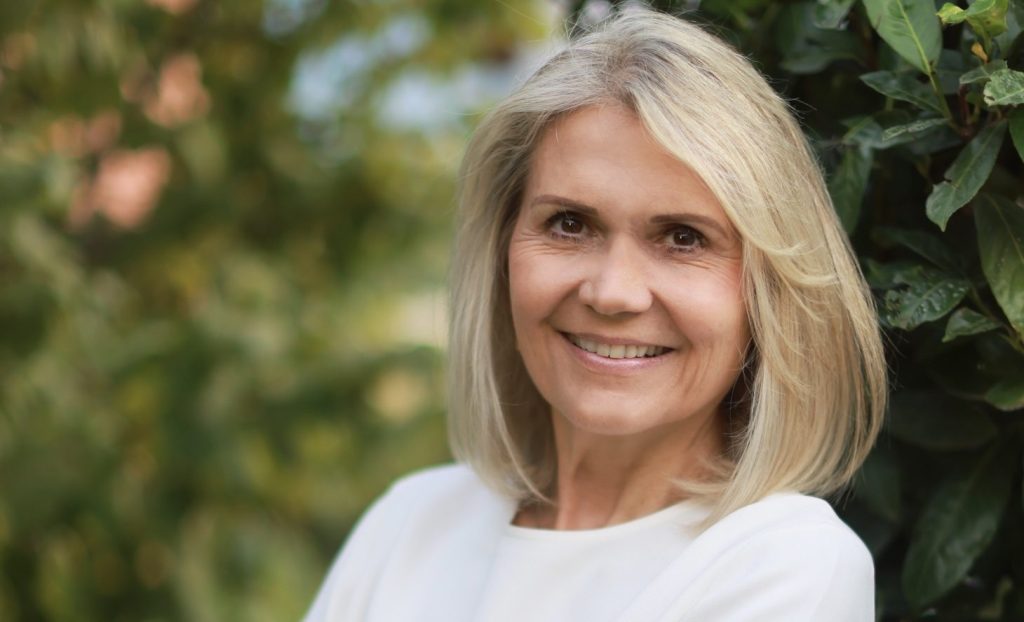
- P&G seeks ways to reward supplier investments in low-carbon ingredients and processes.
- Design teams are encouraged to use sustainability as an “amplifier.”
- Potential blockers: Geopolitical and economic headwinds.
Procter & Gamble’s long-term chief sustainability officer, Virginie Helias, started her career as a marketer and brand manager, but she doesn’t think consumer products should be priced higher just because they have a lower environmental impact that may have cost more to achieve.
“We don’t price for sustainability, we price for performance,” Helias said in our interview at the Nest Climate Campus, one of 1,000 events scheduled during Climate Week NYC. “I’m trying to hit the magical trifecta of superior performance, sustainability and value creation.”
One example is a new edition of P&G’s NyQuil and DayQuil over-the-counter medication for cold and flu symptoms. The new liquid capsules are 25 percent smaller, which makes them easier to swallow and concentrates the ingredients. They’re sold in a recyclable bottle, instead of single-use blister packs.
Another innovation, Head & Shoulders Bare, appeals to consumers seeking shampoos free of sulfates, dyes or silicone. It contains just nine ingredients and comes in a lightweight bottle that can be rolled up as the product is used. That cuts out 45 percent of the plastic used for similar bottles and allows consumers to use more of the product.
During an era when the average tenure for chief sustainability officers is roughly four years, Helias has preceded over three distinct phases of P&G’s journey: the development of core sustainability metrics; the integration of this strategy into the company’s core businesses; and a new shift that views environmental improvements as a source of value creation.
“I think my biggest asset when I started 15 years ago in this role is that I didn’t know anything about sustainability,” she told me. “The only thing I knew is that it could be a driver for brand building and innovation.”
Business integration required
The first phase of P&G’s sustainability plan — from 2011 to 2017 — was about creating foundation metrics, including the ones highlighted in the company’s 2030 climate goals, according to Helias.
The company reported mixed progress towards its greenhouse gas reduction commitments in August. While P&G shrank emissions from its own operations and energy use (Scope 1 and 2) by 60 percent since 2010, it’s not on pace to cut emissions from suppliers (Scope 3) by 40 percent per unit of production based on a 2020 baseline. So far, it has reduced them by 9 percent.
Innovations related to water are also central to P&G’s sustainability, which makes sense considering that the division selling products including the Tide and Cascade detergents contributes more than one-third of the company’s profit.
The company set a goal to improve the efficiency of its production water use by 35 percent against a 2010 baseline. It has made a 26 percent increase, and recycled 3.49 billion liters of water from its facilities during the fiscal year ended June 30, 2024.
To address these commitments, Helias recruited a “coalition of the willing” — other business leaders inside and outside the company who accelerated the integration of P&G’s environmental priorities into product development roadmaps and partnership initiatives. The work of integrating environmental metrics with other key performance indicators has accelerated since 2021.
“We know that sustainability as a separate path is a dead-end path,” she said.
P&G challenges suppliers to think about low-carbon technologies as a way to offer superior performance for a product.
“One of the ways we do that is by forming long-term partnerships for offtakes,” Helias said. “So, we help our suppliers derisk their investments.”
One example is P&G’s relationship with PureCycle Technologies, which is commercializing a plastics recycling technology invented by P&G scientists to remove colors and other contaminants that make it tough to use recycled plastics.
P&G decided to license its intellectual property to PureCycle to scale availability across the industry, including to its rivals. The production output of PureCycle’s first plan is sold out for the next 20 years.
What’s needed now: ‘an abundance of ideas’
Helias acknowledged that corporate sustainability practitioners face significant geopolitical and economic headwinds as 2025 winds to a close. She likened this moment for the movement to hitting the 20-mile mark of a marathon, when successful runners must summon new energy to reach the finish line.
Moving forward calls for radical creativity and “an abundance of ideas” that explicitly link environmental improvements to new value creation, Helias said. That’s her priority for 2026, when Helias will have a new boss, incoming president and CEO Shailesh Jejurikar. She now reports to Jon Moeller, who is moving into the Executive Chairman of the Board role effective Dec. 31.
“What we need to do is to create our own tailwinds,” Helias said, “and those have to be around innovation that delivers superior value and performance, with sustainability as an amplifier of superiority.”

Subscribe to Trellis Briefing
Featured Reports

The Premier Event for Sustainable Business Leaders

